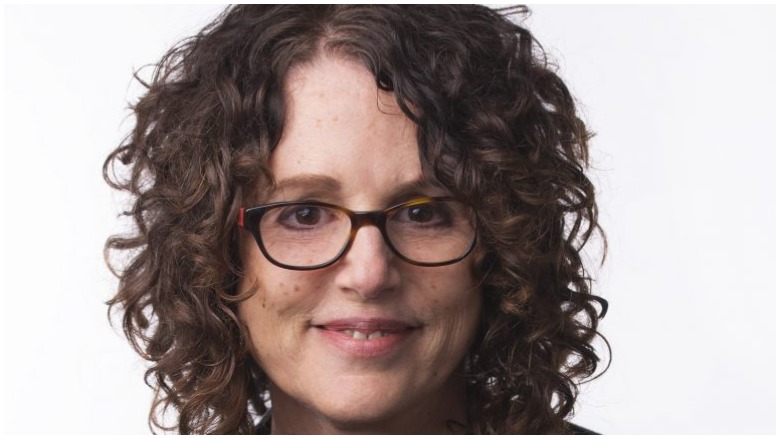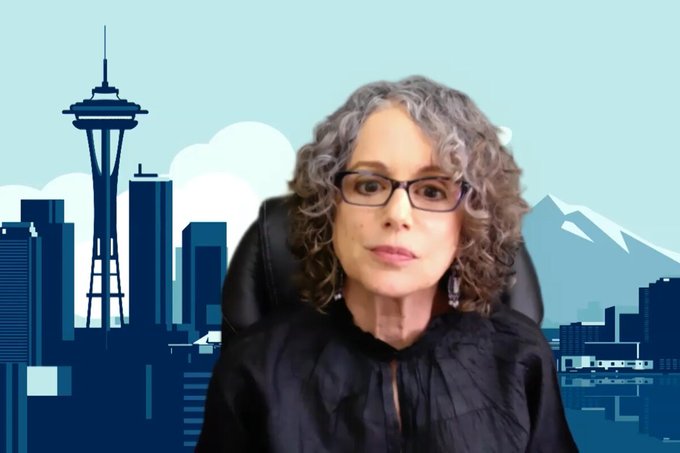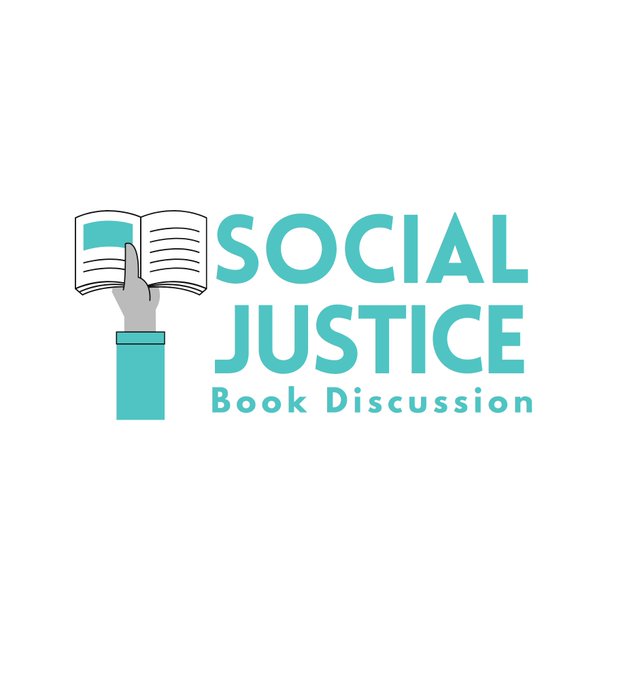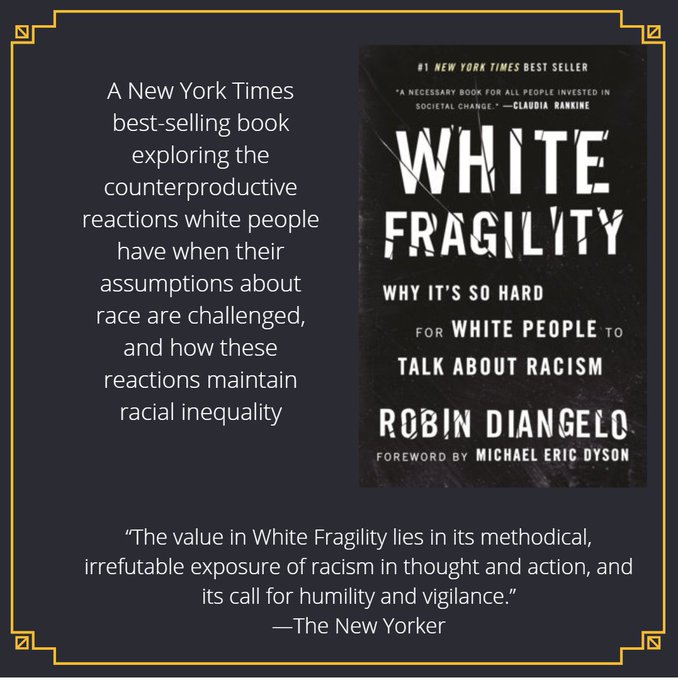
RobinDiAngelo.com Robin DiAngelo
Robin DiAngelo is an academic who studies whiteness. She also works as a consultant and an affiliate associate professor in Seattle and teaches an online class, “Confronting Racism With Robin DiAngelo.”
DiAngelo is a researcher in “Whiteness Studies and Critical Discourse Analysis, tracing how whiteness is reproduced in everyday narratives,” she says. DiAngelo is also an author and a facilitator of “anti-racist education.” She also appeared on a podcast, “Come Through With Rebecca Carroll,” which was called “Robin DiAngelo Wants to Be a Little Less White.”
Some social media users were quick to criticize DiAngelo when photos circulated showing PowerPoint slides concluding with a slide that said “Be Less White.” DiAngelo explained the meaning of the phrase on the podcast.
She said:
I see it as kind of the master’s tools dilemma. Audrey Lord’s beautiful quote, how do you dismantle the master’s house, when you only have the master’s tools? The way I reconcile that is that, it is a both end. Because to not use this platform, this voice, this credibility – to break with white solidarity and white silence for me is unacceptable. That would be to really be white. Right? And I like to be a little less white.
So, when I say I’d like to be a little less white – I do not mean a little more Italian American, or Irish American, or go find your roots, and that’s the answer to racism. When I say I’d like to be less white, honestly, for me, that means I want to be a little less racially oppressive. A little less racially ignorant, and a little less arrogant in my ignorance. A little less certain and more, more vulnerable and curious and open. And ultimately – actually engaged in anti-racist action and behavior.
Here’s what you need to know:
1. DiAngelo Coined the Term ‘White Fragility’ & Wrote a Book, ‘White Fragility, Why It’s So Hard for White People to Talk About Racism’
DiAngelo coined the term, “white fragility,” in an academic journal published in the “International Journal of Critical Pedagogy,” called “White Fragility.” In the paper, she says that white people rarely have to think about race. This makes it “intolerable” for white people when they must think about race and confront racism, and therefore perpetuates racism, she says.
DiAngelo writes:
White people in North America live in a social environment that protects and insulates them from race-based stress. This insulated environment of racial protection builds white expectations for racial comfort while at the same time lowering the ability to tolerate racial stress, leading to what I refer to as White Fragility. White Fragility is a state in which even a minimum amount of racial stress becomes intolerable, triggering a range of defensive moves. These moves include the outward display of emotions such as anger, fear, and guilt, and behaviors such as argumentation, silence, and leaving the stress-inducing situation. These behaviors, in turn, function to reinstate white racial equilibrium. This paper explicates the dynamics of White Fragility.
The paper was published in 2011. She went on to write the book, “White Fragility, Why It’s So Hard for White People to Talk About Racism,” which was published in 2018.
2. DiAngelo Grew Up ‘Poor & White,’ So She Faced Classism, But Rarely Thought About Race
DiAngelo described herself as growing up “poor and white.” That upbringing allowed her to see the impacts of classism and poverty, but she also came to recognize that experiencing poverty as a child would have been different if she had not been white, she said on her website.
DiAngelo said class oppression was visible to her, but racism was not. She began examining the way race shaped her life by placing that at the center, and looking at the ways her socialization was influenced by racism.
She said:
I grew up poor and white. While my class oppression has been relatively visible to me, my race privilege has not. In my efforts to uncover how race has shaped my life, I have gained deeper insight by placing race in the center of my analysis and asking how each of my other group locations have socialized me to collude with racism. In so doing, I have been able to address in greater depth my multiple locations and how they function together to hold racism in place. I now make the distinction that I grew up poor and white, for my experience of poverty would have been different had I not been white.
3. DiAngelo Facilitates ‘Anti-Racism Training’ Which is Led By a Diverse Team
DiAngelo leads a “cross-racial” team to facilitate “antiracist education.” At times, the diversity of the team has provided opportunities for people in the audience to learn by example, according to an academic paper she co-authored.
She provided an example of a white instructor who taught about white privilege, which seemed to be received positively. Afterward, a woman of color said she was going to speak about the impact of racism. She said she was specifically speaking to the people of color and asked white people to simply listen. She was repeatedly questioned and interrupted, DiAngelo wrote.
The paper, “Showing What We Tell: Facilitating Antiracist Education in Cross-Racial Teams” was published in 2010 in “Understanding and Dismantling Privilege.” The second author was Darlene Flynn.
The abstract says:
Antiracist education seeks to interrupt relations of racial inequality by educating people to identify, name, and challenge the norms, patterns, traditions, structures, and institutions that keep racism and white supremacy in place. One norm and tradition of racism that antiracist practice seeks to interrupt is unilateral white leadership. This paper is based on an interactive workshop in which participants explore a training approach that both models and deepens antiracism work: facilitating in cross-racial teams. We offer a rationale for cross-racial facilitation and explore common challenges and how to work with them. These challenges include racial pitfalls for white facilitators and facilitators of color. Using an example from our work leading antiracist workshops, we illustrate many of the dynamics that a cross-racial team must navigate. We discuss the pre- and postwork that is necessary for successful cross-racial leading and offer tools and techniques for working together as a team and with a workshop group.
4. DiAngelo Is an Award-Winning Author & A New York Times Bestselling Author
DiAngelo has won honors for her books, which include “Is Everyone Really Equal?: An Introduction to Key Concepts in Critical Social Justice Education,” co-written with Özlem Sensoy, and “White Fragility: Why It’s So Hard For White People To Talk About Racism.” “White Fragility” remained on the New York Times Bestseller List for 85 weeks. It is being translated into five languages, she said on her website.
“Is Everyone Really Equal?” received the American Educational Studies Association Critics Choice Book Award in 2012 and the Society of Professors of Education Book Award in 2018.
The book’s description says:
This practical handbook will introduce readers to social justice education, providing tools for developing “critical social justice literacy” and for taking action towards a more just society. Accessible to students from high school through graduate school, this book offers a collection of detailed and engaging explanations of key concepts in social justice education, including critical thinking, socialization, group identity, prejudice, discrimination, oppression, power, privilege, and White supremacy. Based on extensive experience in a range of settings in the United States and Canada, the authors address the most common stumbling blocks to understanding social justice. They provide recognizable examples, scenarios, and vignettes illustrating these concepts.
This unique resource has many user-friendly features, including “definition boxes” for key terms, “stop boxes” to remind readers of previously explained ideas, “perspective check boxes” to draw attention to alternative standpoints, a glossary, and a chapter responding to the most common rebuttals encountered when leading discussions on concepts in critical social justice. There are discussion questions and extension activities at the end of each chapter, and an appendix designed to lend pedagogical support to those new to teaching social justice education.
5. DiAngelo Launched ‘Confronting Racism With Robin DiAngelo’ in June, 2020 & Has Had Nearly 20,000 Learners
DiAngelo’s Online Training, “Confronting Racism With Robin DiAngelo,” is a one-hour course that is available through LinkedIn. It was released June 25, 2020.
The course has six segments and an introduction called “Getting Racism on the Table.” The segments include “Understanding what it means to be white, challenging what it means to be racist,” “Acknowledging racial resentment,” and “Thinking critically about our words and actions.” Those who complete the course receive a certificate of completion. A little more than 1,000 members said they “liked” the course, and the course had nearly 19,000 learners.
Its description says:
It’s fair to say that America has spent its entire history in a difficult conversation about race. And around the world, nations everywhere have joined the discussion. In recent decades, this has manifested as a series of direct challenges to systemic racism and inequality that address the effects of white privilege—the relative immunity white people (people of European origin) enjoy relative to the challenges people of color face.
In this course, Robin DiAngelo, the best-selling author of White Fragility, gives you the vocabulary and practices you need to start confronting racism and unconscious bias at the individual level and throughout your organization. There’s no magic recipe for building an inclusive workplace. It’s a process that needs to involve people of color, and that needs to go on for as long as your company’s in business. But with these tools at your disposal, you’ll be well on your way.
READ NEXT: Ted Cruz Cancun Memes: Mexico Vacation Ends With New Nicknames


